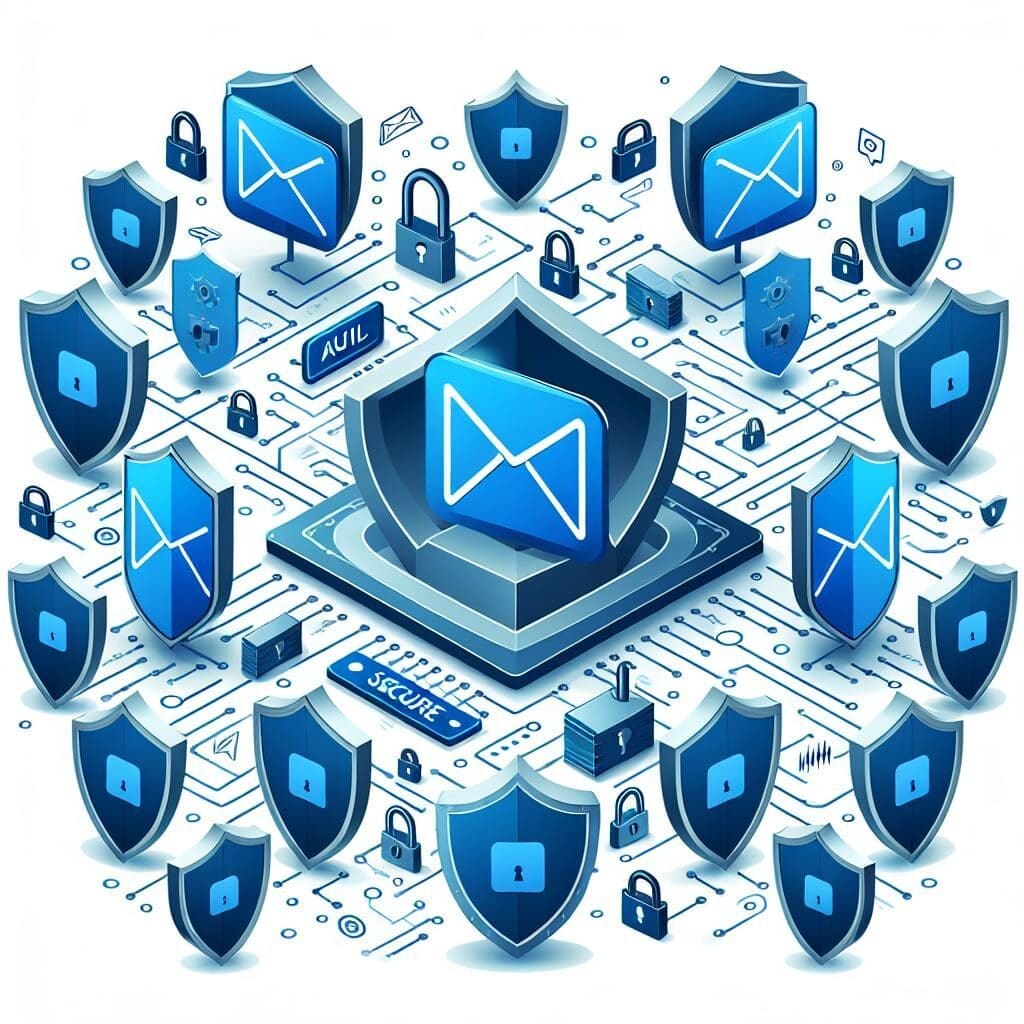Have you ever sent an important email to a client, only to hear, “I found it in my spam folder,” or worse, “It never arrived”? Frustrating, right? That’s where email authentication and tools like DMARC (Domain-based Message Authentication, Reporting & Conformance) come to the rescue.
In today’s digital world, email is your lifeline. Whether you’re sharing proposals, confirming orders, or sending newsletters, email deliverability can make or break your business communication. Yet, with spam and phishing emails on the rise, getting into the inbox is harder than ever. This is where DMARC steps in as a game-changer.
Let’s explore how DMARC can help your small business, ensuring your emails are trusted and delivered—without needing to be a tech wizard!
What is DMARC?
DMARC is like the security guard for your domain. It works behind the scenes to verify that the email your client receives was genuinely sent by your business and not a scammer pretending to be you.
How does it work?
DMARC works in tandem with SPF (Sender Policy Framework) and DKIM (DomainKeys Identified Mail).
- SPF ensures that only authorized servers can send emails from your domain.
- DKIM provides a digital signature to prove your emails haven’t been tampered with.
Together, these layers confirm your emails are authentic. DMARC also lets you set up policies like:
- None: Simply monitor emails sent by your business domain without taking action.
- Quarantine: Deliver suspicious emails to the spam folder.
- Reject: Block unverified emails entirely.
DMARC Reports
Not only does DMARC protect your domain, but it also generates reports so you can see what mail server is sending emails on your behalf. Are they legitimate? Malicious? Now, you’ll know.
Why is DMARC So Important?
Picture this: You own a small business, and cybercriminals start using your domain to send phishing emails. It’s not just embarrassing—it’s damaging to your reputation. DMARC ensures this nightmare doesn’t happen.
Here’s why it matters:
- Protects Your Brand: Clients trust you when your emails are safe and legitimate.
- Stops Spoofing and Phishing: Scammers won’t be able to impersonate you.
- Boosts Domain Reputation: Email providers like Gmail and Outlook trust your emails, meaning more of them land in inboxes.
How DMARC Affects Email Deliverability
Did you know 64% of businesses feel vulnerable to email-based threats? Without DMARC, your emails may be flagged as suspicious—even if you’re a legitimate sender!
By enforcing DMARC:
- Your reputation improves: When email servers trust your domain, your emails are delivered more consistently.
- Spam filters like you better: Verified emails are less likely to be blocked.
- Inbox placement increases: More of your emails land in front of your customers, not their spam folders. We touched on this topic more in our previous blog.
How to Implement DMARC
Setting up DMARC might seem daunting, but it’s simpler than you think. Here’s a breakdown:
- Publish a DMARC Record: This goes into your DNS (Domain Name System). Think of it as setting the rules for your emails.
- Configure SPF and DKIM: Make sure your email systems have these in place first.
- Start with “None”: Monitor what’s happening before moving to stricter policies.
- Gradually Enforce Policies: Shift from “quarantine” to “reject” as your configuration stabilizes.
- Monitor Reports: Use DMARC reports to adjust and refine your setup.
Common Challenge: Are your emails still rejected or going to spam? It’s likely a DMARC misconfiguration. Read our blog, “So Your Email Got Rejected by the Server”, for troubleshooting tips.
Does this whole process still feel too complex? Not to worry, look for a small business IT consultant AKA managed IT services provider – they can take care of this for you.
Tools and Resources
Not sure what a DMARC record should look like? No problem! These tools make DMARC implementation and monitoring a breeze:
- EasyDMARC: Simplified setup and monitoring.
- Valimail: User-friendly insights and guidance.
- Cloudflare: Add DMARC to your DNS with ease.
- dmarcian: Step-by-step help for small businesses.
What’s Next for Email Security?

As cyberattacks evolve, so does email authentication. Technologies like BIMI (Brand Indicators for Message Identification) and AI-driven threat detection are transforming how businesses safeguard email communication.
Experts predict that email security will focus even more on automation and seamless integration, making tools like DMARC indispensable.
Final Thoughts
Your emails are a direct link to your customers—don’t let them fall into the void of spam folders. DMARC is your ally, ensuring your emails are secure, trusted, and delivered.
Ready to take control of your email deliverability? Explore the tools and resources shared here or check out our detailed blog on DMARC issues, policies, and set-up. Let’s ensure your emails land where they belong: in your clients’ inboxes!
If you’re in the Augusta, Georgia area and need some help getting DMARC in place, reach out to Managed Nerds today!
References
Amy. (2024, August 14). How to read a DMARC report—and actually understand it! MailerCheck. https://www.mailercheck.com/articles/how-to-read-a-dmarc-report-and-actually-understand-it
BIMI Group. (2025, January 17). All about BIMI – BIMI Group. Retrieved January 20, 2025, from https://bimigroup.org/all-about-bimi/
Dmarc.org – Domain message authentication reporting & conformance. (n.d.). Retrieved January 18, 2025, from https://dmarc.org/
0 Comments